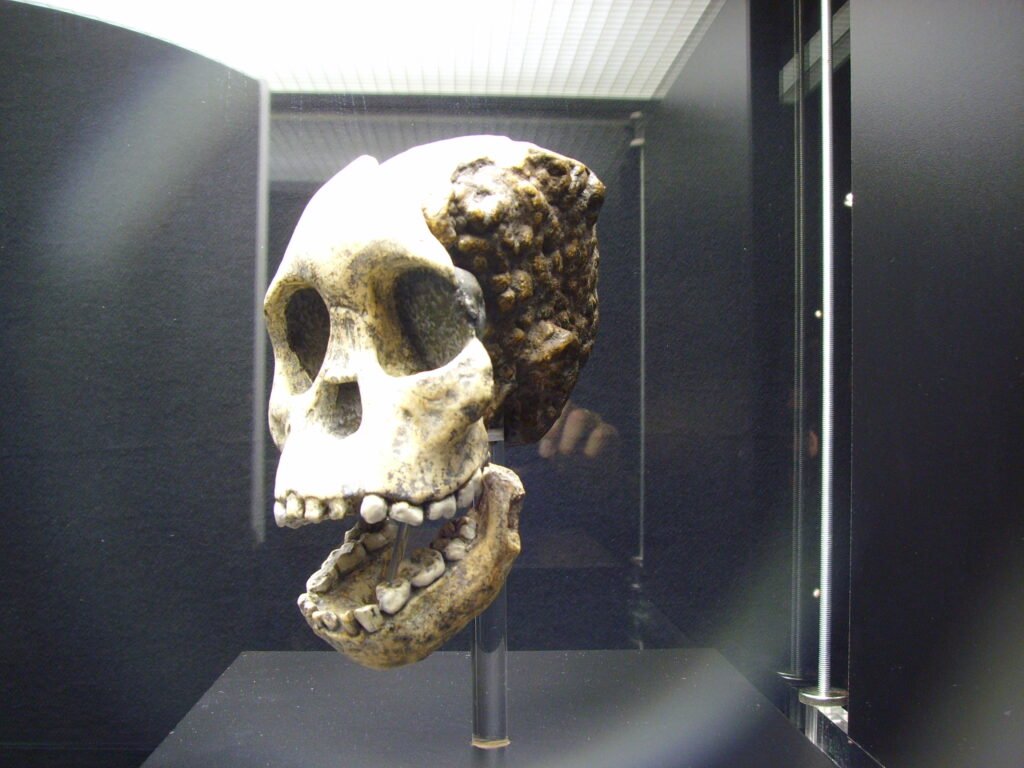Picture this: a single, weathered skull sitting in a laboratory, its empty eye sockets staring back at scientists who knew they were holding something extraordinary. This wasn’t just any fossil—it was a piece of evidence that would forever change how we understand human evolution and ignite one of the most passionate scientific debates of the 20th century. The discovery would pit renowned researchers against each other, spark heated conferences, and ultimately reshape our entire family tree.
The Taung Child Changes Everything

In 1924, Raymond Dart, a young anatomy professor at the University of the Witwatersrand in South Africa, received a box of fossils from a limestone quarry. Among the rocky fragments was a small skull that would soon become known as the Taung Child. This wasn’t just another ancient primate—it was something entirely different.
The skull belonged to a young individual, probably around three years old, with features that seemed to bridge the gap between apes and humans. Its brain was larger than a chimpanzee’s, yet smaller than a modern human’s. The face projected forward less than an ape’s, and most remarkably, the foramen magnum—the hole where the spine connects to the skull—was positioned more forward, suggesting upright walking.
Dart realized he was looking at evidence of a “missing link” between apes and humans. He named the species Australopithecus africanus, meaning “southern ape from Africa.” Little did he know that this discovery would launch decades of scientific warfare.
The Establishment Fights Back

The scientific community’s reaction to Dart’s announcement was swift and brutal. Leading paleontologists and anthropologists of the time dismissed his findings with shocking vehemence. They argued that Africa couldn’t possibly be the birthplace of humanity—surely our ancestors came from more “civilized” continents like Europe or Asia.
The racism and colonial attitudes of the 1920s heavily influenced these rejections. Many Western scientists simply couldn’t accept that human evolution began in Africa. They preferred the Piltdown Man hoax, which conveniently placed early human evolution in England, despite its obvious fabrication.
Sir Arthur Keith, one of Britain’s most respected anatomists, led the charge against Dart’s claims. He argued that the Taung Child was merely an extinct ape with no connection to human ancestry. The battle lines were drawn, and Dart found himself virtually alone in defending his revolutionary discovery.
Louis Leakey Enters the Arena

Decades later, Louis Leakey would become Dart’s most powerful ally, though their relationship began with skepticism. Leakey, working in East Africa’s Olduvai Gorge, initially doubted that southern Africa could yield significant human fossils. However, as more evidence emerged, he began to see the bigger picture.
Leakey’s work in the 1960s and 1970s would eventually vindicate Dart’s claims. His discoveries of Homo habilis and other early human ancestors in East Africa provided crucial support for the idea that human evolution began on the African continent. The scientific community slowly began to shift its perspective.
The partnership between these two men, though sometimes contentious, represented a turning point in paleoanthropology. They proved that persistence and scientific rigor could overcome prejudice and establishment thinking.
The Piltdown Deception Unravels
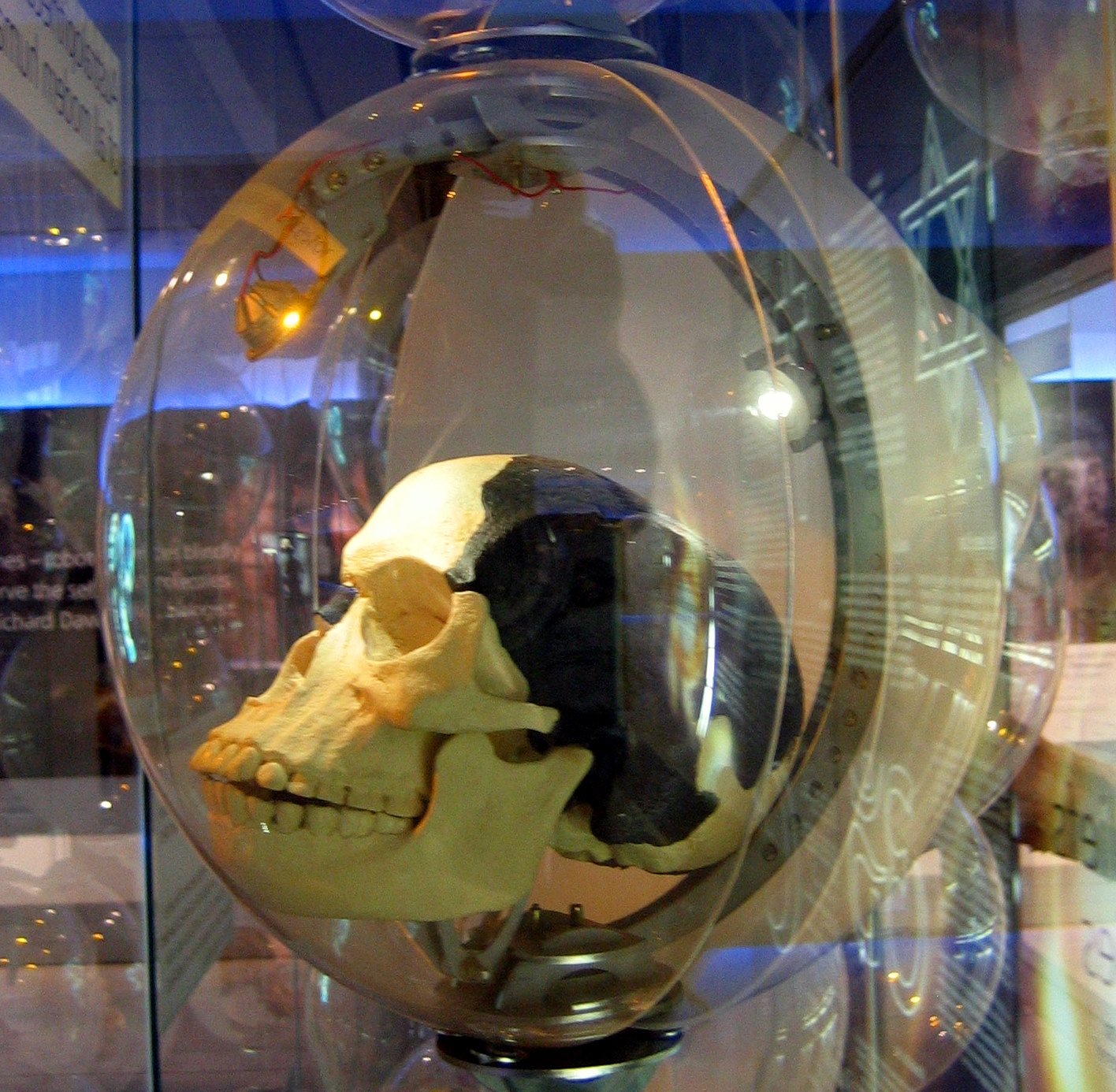
One of the most dramatic moments in this scientific feud came in 1953 when the Piltdown Man was finally exposed as a complete hoax. For decades, this fabricated fossil had been used to discredit African discoveries like the Taung Child. The revelation that respected scientists had been fooled by a combination of human skull fragments and an orangutan jaw was devastating to the establishment.
The Piltdown exposure vindicated Dart’s work and exposed the bias that had plagued early paleoanthropology. Scientists were forced to confront their own prejudices and reassess the evidence from Africa. This moment marked a crucial turning point in the acceptance of African origins for human evolution.
The hoax’s unraveling also highlighted the importance of rigorous scientific methodology. It showed how preconceived notions and wishful thinking could lead entire fields astray for decades.
Mary Leakey’s Groundbreaking Discoveries

Mary Leakey’s contributions to this scientific revolution cannot be overstated. Her meticulous excavation techniques and keen eye for detail uncovered some of the most important fossils in human evolutionary history. In 1959, she discovered the famous “Nutcracker Man” (Paranthropus boisei) at Olduvai Gorge.
Her work provided crucial context for understanding the Taung Child within a broader framework of human evolution. She showed that early human ancestors had indeed lived in Africa millions of years ago, exactly as Dart had proposed. Her discoveries helped establish the timeline and geographical spread of early human evolution.
Mary’s approach to fieldwork was revolutionary in itself. She insisted on careful documentation and preservation of context, ensuring that future scientists could reexamine her findings. This methodology became the standard for modern paleoanthropology.
The Lucy Revolution
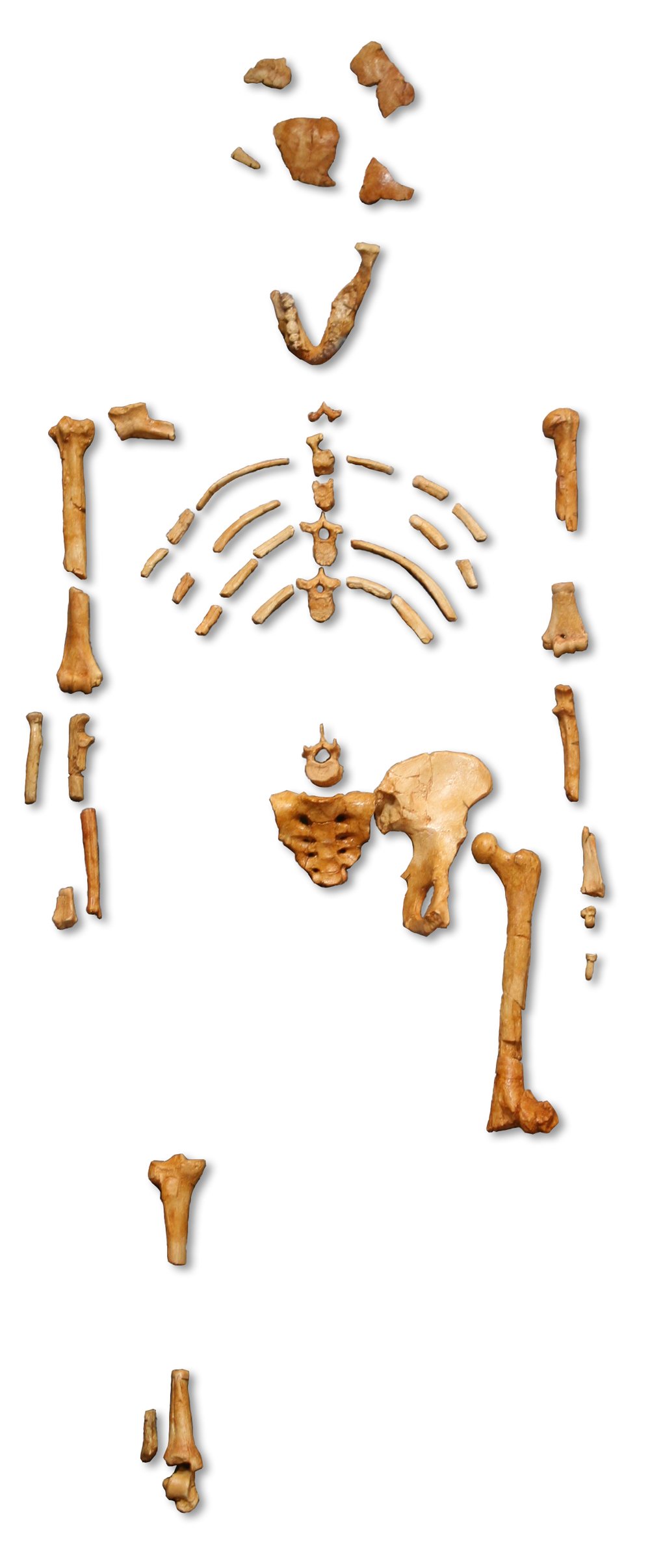
The discovery of Lucy (Australopithecus afarensis) in 1974 by Donald Johanson and his team provided the most compelling evidence yet for Dart’s theories. This remarkably complete skeleton showed clear signs of bipedalism while retaining many ape-like characteristics. Lucy was older than the Taung Child, pushing back the timeline of human evolution even further.
Lucy’s discovery sparked its own scientific controversy, particularly between Johanson and the Leakey family. The debate centered on whether Lucy represented a direct ancestor of humans or a side branch of the evolutionary tree. This feud became personal, with heated exchanges at scientific conferences and in academic journals.
The Lucy discovery also demonstrated how far paleoanthropology had evolved since Dart’s time. Advanced dating techniques, better excavation methods, and international collaboration had transformed the field into a more rigorous and respected discipline.
Modern Genetic Evidence Vindicates Dart

The development of DNA analysis in the late 20th century provided the final, irrefutable proof that Dart had been right all along. Genetic studies of modern human populations consistently point to Africa as the birthplace of our species. The “Out of Africa” theory, supported by both fossil and genetic evidence, has become the accepted model for human evolution.
These genetic studies also revealed the deep connections between humans and other African primates. The DNA similarities between humans and chimpanzees, our closest living relatives, support the idea that we share a common ancestor that lived in Africa millions of years ago.
The molecular clock technique, which uses genetic mutations to estimate when species diverged, has provided precise timelines that align remarkably well with the fossil record. This convergence of evidence from multiple disciplines has created an unshakeable foundation for the African origins of humanity.
The Lasting Impact on Scientific Method
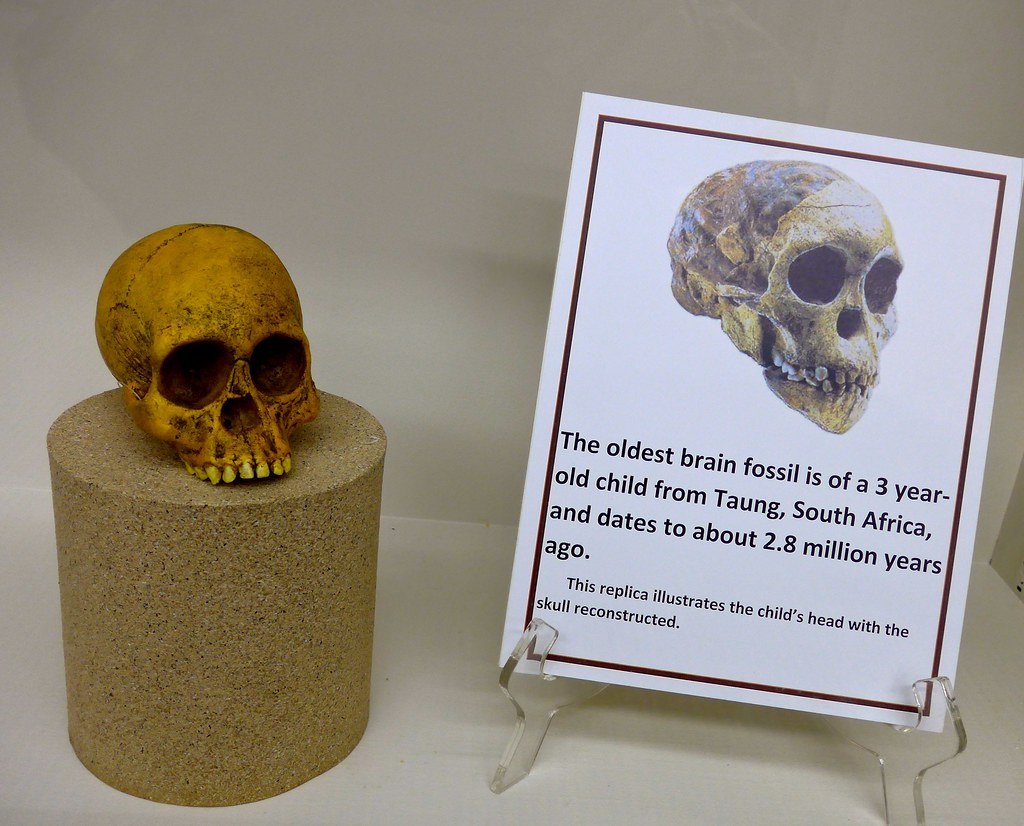
The controversy surrounding the Taung Child fundamentally changed how scientific discoveries are evaluated and accepted. The initial rejection of Dart’s work highlighted the dangers of letting cultural bias and preconceived notions influence scientific judgment. This lesson has become a cornerstone of modern scientific methodology.
The feud also demonstrated the importance of peer review and the self-correcting nature of science. While the initial response was wrong, the scientific community eventually came around to accepting the evidence. This process, though sometimes slow and contentious, ultimately leads to better understanding.
The story serves as a powerful reminder that revolutionary discoveries often face resistance, especially when they challenge fundamental assumptions about human nature and our place in the world.
Technological Advances Transform the Field
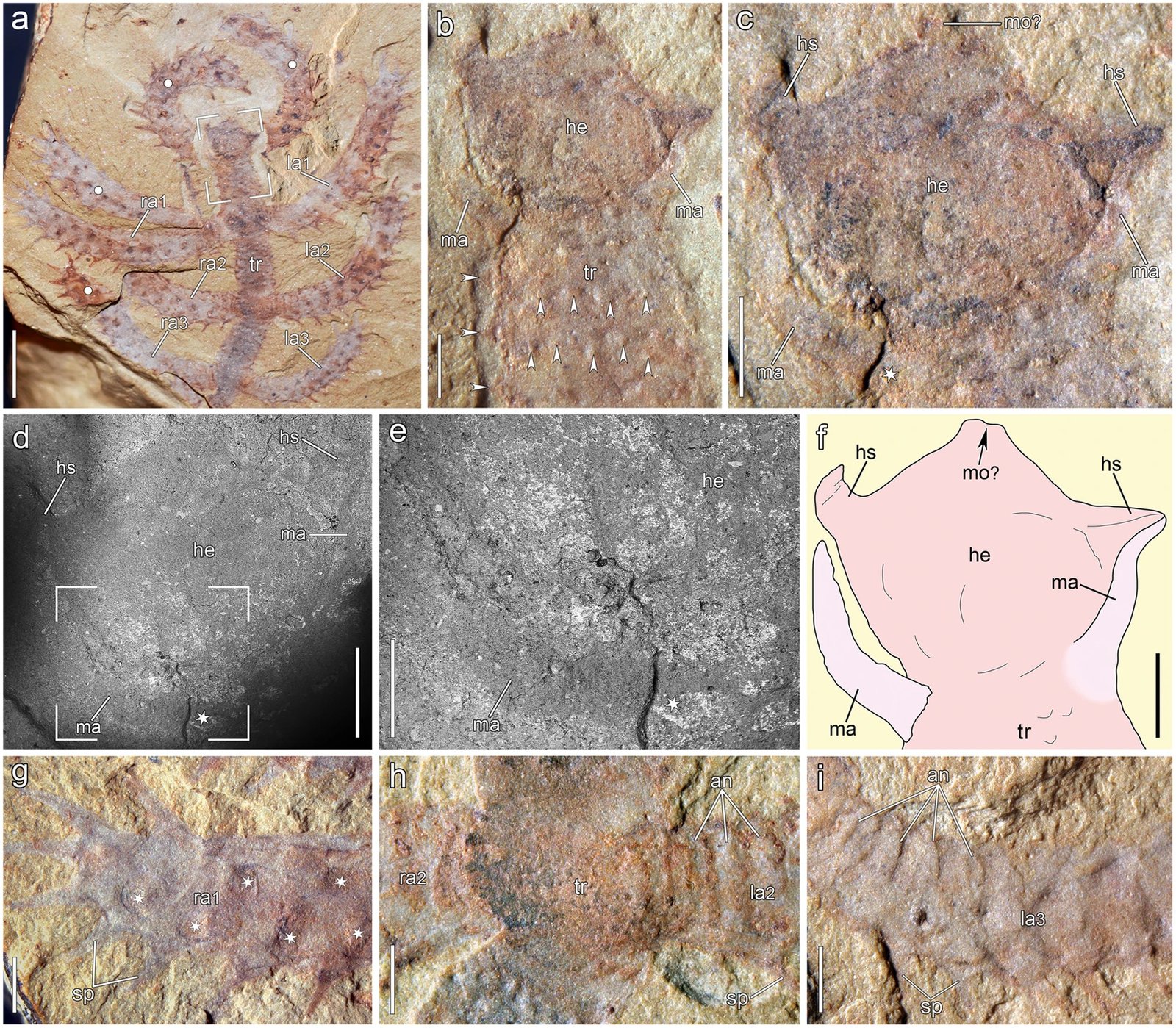
The tools available to modern paleoanthropologists would seem like magic to Raymond Dart. CT scanning allows scientists to peer inside fossils without damaging them, revealing internal structures that were previously invisible. 3D printing enables researchers to create perfect replicas for study and comparison.
Isotope analysis can determine what ancient humans ate, where they lived, and even how they moved across the landscape. These techniques have provided incredibly detailed pictures of early human life that go far beyond what could be learned from bones alone.
Computer modeling and virtual reconstruction have also revolutionized the field. Scientists can now digitally restore damaged fossils and test hypotheses about how extinct species might have moved or behaved.
The Human Family Tree Grows More Complex
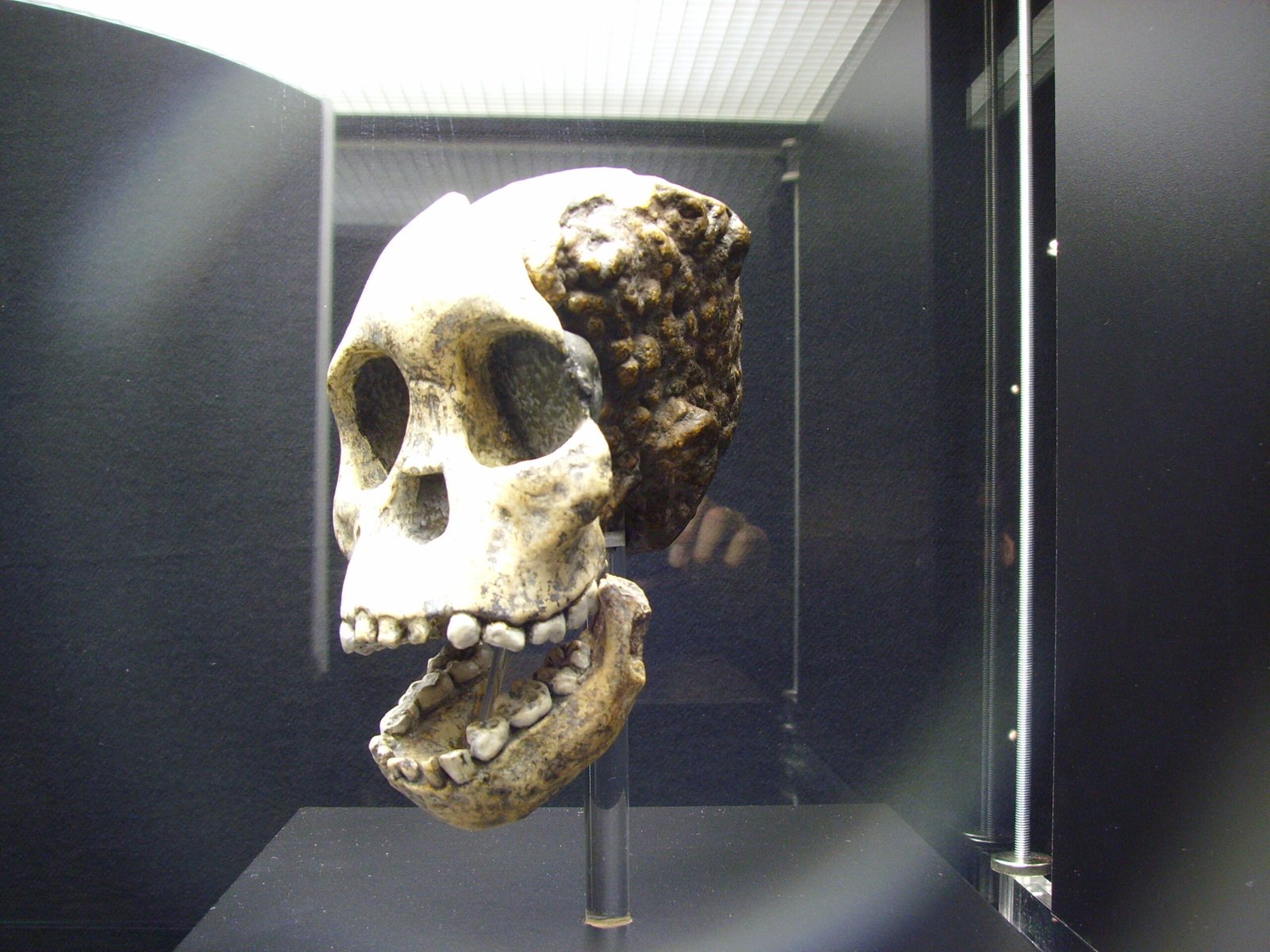
Since the Taung Child’s discovery, the human family tree has become increasingly complex. New species are discovered regularly, each adding pieces to the evolutionary puzzle. Homo naledi, discovered in South Africa in 2013, has shown that human evolution was far more complicated than early scientists imagined.
These discoveries have revealed that multiple human species coexisted for millions of years, sometimes in the same regions. The simple linear progression from ape to human that many people imagine has been replaced by a bushy tree with many branches.
The complexity of human evolution makes Dart’s original insight even more remarkable. He recognized the significance of the Taung Child despite having only a single specimen to work with.
Cultural and Social Implications
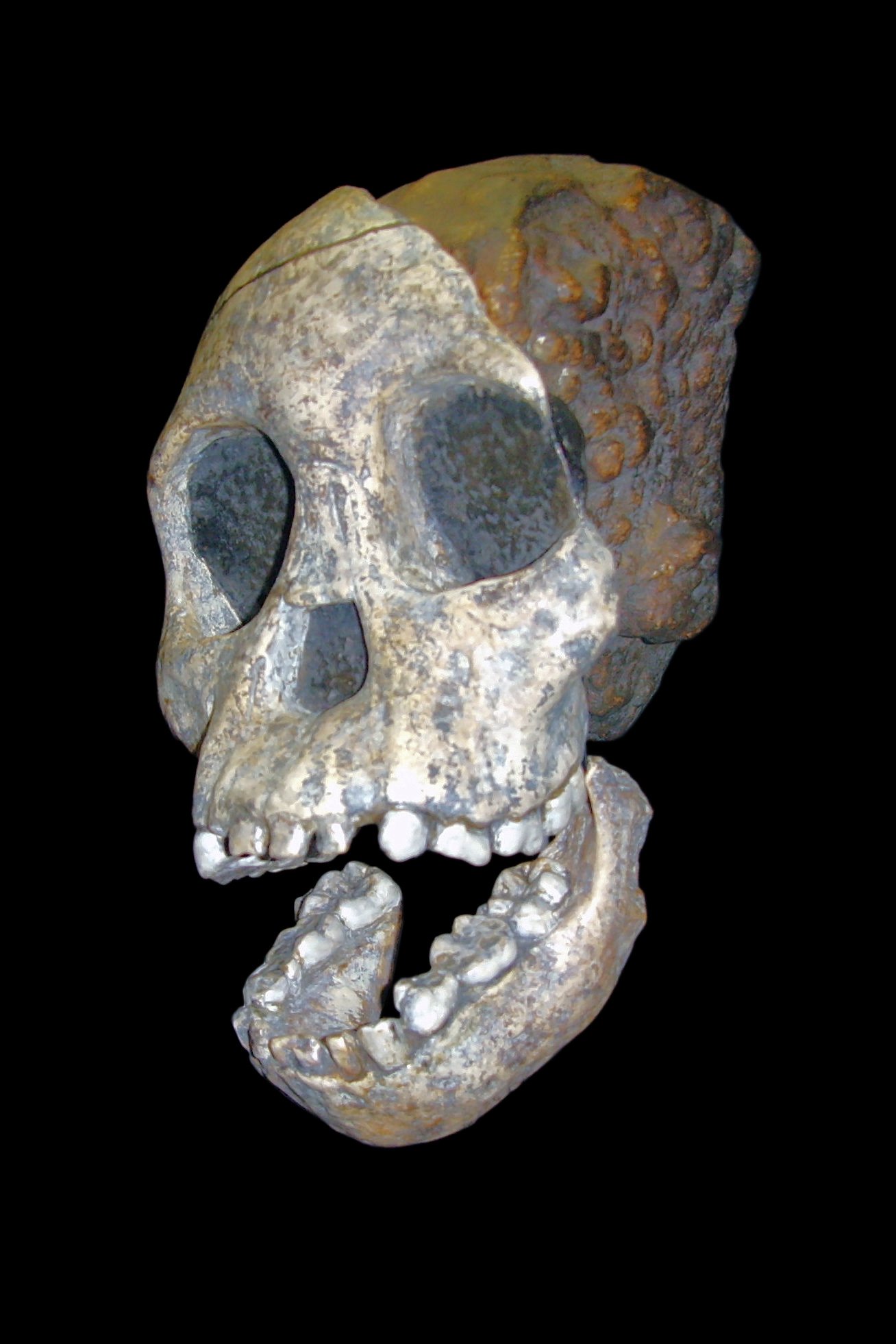
The acceptance of African origins for humanity has had profound cultural and social implications beyond science. It has challenged racist ideologies that placed certain groups closer to or further from our evolutionary origins. The scientific consensus that we all share common African ancestors has become a powerful tool against racial discrimination.
The story also highlights the importance of supporting scientific research in developing countries. Many of the most important discoveries in human evolution have come from Africa, yet the continent often lacks the resources to fully explore its paleontological treasures.
Educational systems worldwide have had to adapt their curricula to reflect these new understandings of human evolution. The traditional narratives of human development have been replaced with more accurate, evidence-based accounts.
The Role of Popular Media
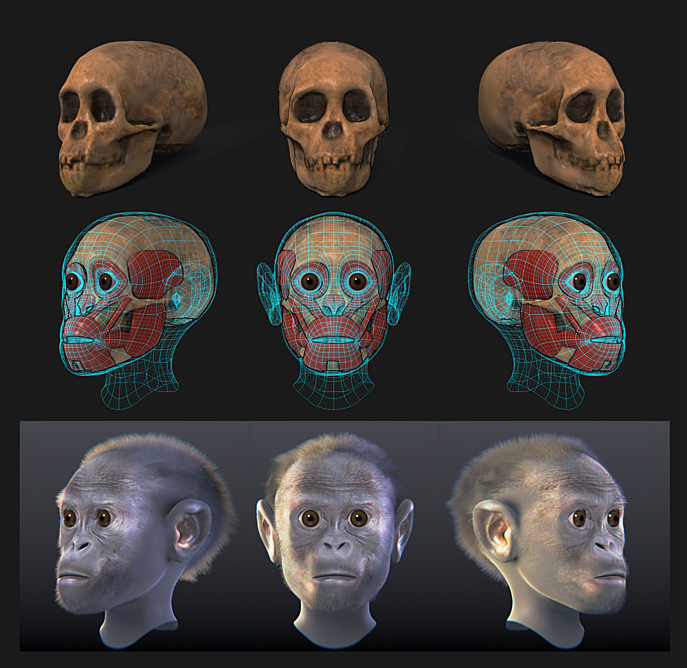
The scientific feuds surrounding human evolution have captured public imagination in ways that many other scientific debates have not. Books, documentaries, and museum exhibitions have brought these discoveries to millions of people worldwide. The human story resonates with audiences because it’s ultimately about understanding ourselves.
Popular media has also played a role in perpetuating misconceptions about human evolution. The oversimplified “march of progress” image, showing a linear progression from ape to human, continues to influence public understanding despite being scientifically inaccurate.
The challenge for scientists today is to communicate the complexity and wonder of human evolution in ways that are both accurate and engaging. This requires careful collaboration between researchers and science communicators.
Current Debates and Future Directions
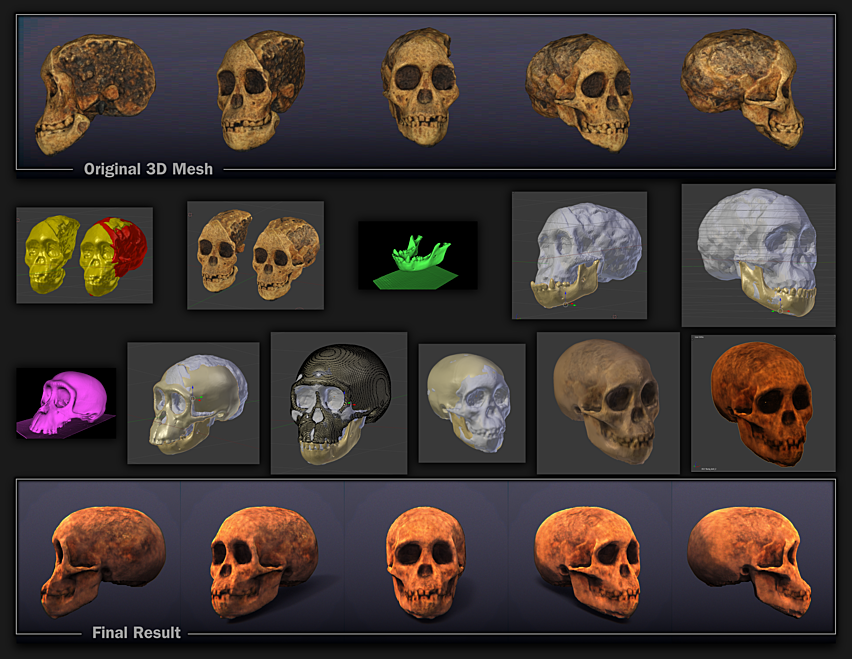
The scientific feuds that began with the Taung Child continue today, though in more sophisticated forms. Current debates focus on questions like the exact timing of human-chimpanzee divergence, the role of climate change in human evolution, and the significance of recent discoveries like Homo naledi.
New technologies continue to revolutionize the field. Ancient DNA analysis has revealed that modern humans interbred with Neanderthals and Denisovans, adding new complexity to our understanding of human evolution. These discoveries show that the story of human evolution is far from complete.
The future of paleoanthropology likely lies in interdisciplinary collaboration, combining traditional fossil hunting with genetics, computer modeling, and other cutting-edge techniques. This approach promises to reveal even more about our evolutionary past.
Lessons for Modern Science
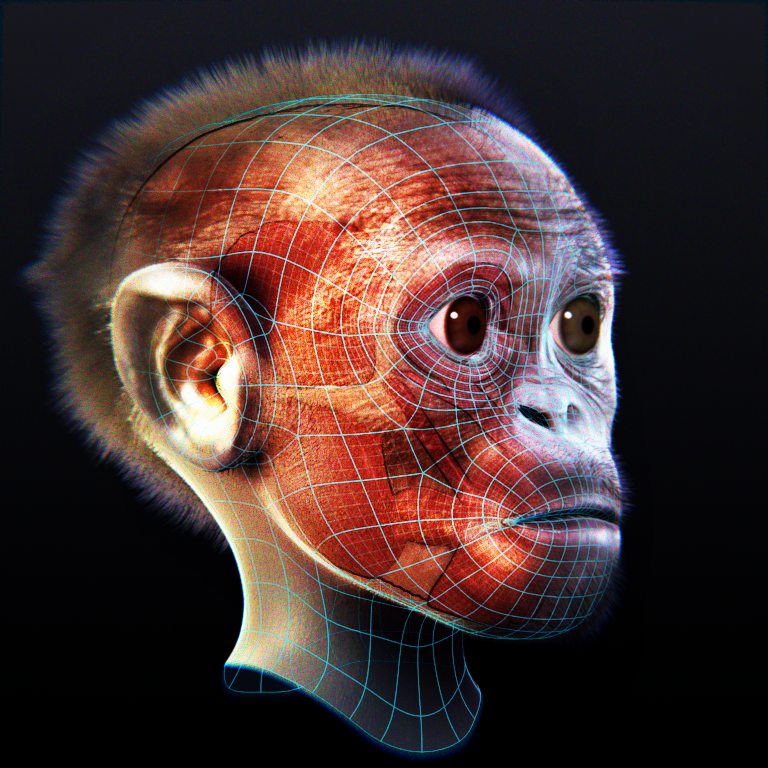
The story of the Taung Child and the scientific feuds it sparked offers valuable lessons for contemporary science. It shows the importance of remaining open to revolutionary ideas, even when they challenge established thinking. It also demonstrates the danger of allowing cultural bias to influence scientific judgment.
The gradual acceptance of Dart’s discoveries illustrates the self-correcting nature of science. While individual scientists may be wrong or biased, the scientific community as a whole eventually arrives at the truth through careful evaluation of evidence.
The story also highlights the importance of persistence in the face of criticism. Dart’s willingness to defend his findings despite overwhelming opposition ultimately led to a revolutionary understanding of human evolution.
The Continuing Legacy

Today, the Taung Child sits in the University of the Witwatersrand, still teaching us about our evolutionary past. Recent studies using advanced imaging techniques have revealed new details about its development and behavior. This small skull continues to yield insights nearly a century after its discovery.
The scientific institutions that initially rejected Dart’s work have long since acknowledged their error. The Taung Child is now recognized as one of the most important fossils in human evolutionary history, a status that seemed impossible when it was first discovered.
The legacy of this discovery extends beyond science to our understanding of human nature itself. It reminds us that we are part of the natural world, connected to all other life on Earth through the process of evolution.
Conclusion
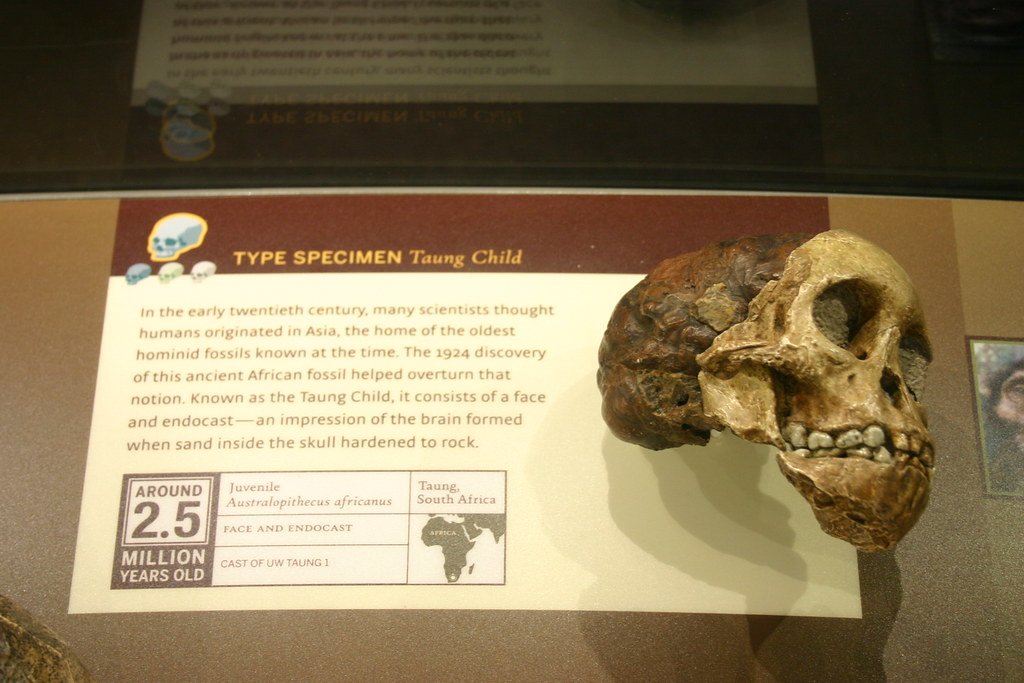
The skull of the Taung Child proved that a single fossil could revolutionize our understanding of human evolution and spark debates that lasted decades. Raymond Dart’s courage in presenting his findings, despite knowing they would be controversial, changed the course of paleoanthropology forever. The scientific feuds that followed, while often bitter and personal, ultimately led to a more accurate understanding of our evolutionary past.
The story demonstrates that revolutionary scientific discoveries rarely receive immediate acceptance, especially when they challenge fundamental assumptions about human nature. The initial rejection of the Taung Child’s significance was driven by cultural bias and preconceived notions about where human evolution must have occurred. Only through decades of additional discoveries and the development of new analytical techniques did the scientific community fully appreciate Dart’s insight.
This remarkable journey from rejection to acceptance illustrates the power of scientific evidence to overcome prejudice and transform our understanding of ourselves. The Taung Child’s story continues to inspire researchers and remind us that the most important discoveries often come from the most unexpected places. What other revolutionary insights might be waiting in a dusty box of fossils, ready to challenge everything we think we know about human evolution?

